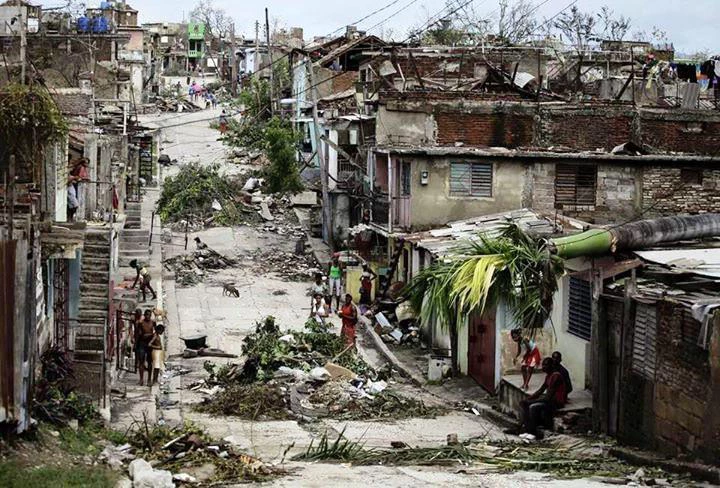
(Photo: EU Delegation to the Republic of Haiti)
Worldwide, natural disasters claimed 1.3 million lives between 1992 and 2012, with earthquakes accounting for 60%of disaster deaths in low- and middle-income countries, where the preponderance of sub-standard housing increases the risks. Today, 1.2 billion people live in substandard housing. By 2030, this figure will almost triple .
The good news is that most of those deaths and property losses can be prevented. In 2003, for example, within three days of each other, earthquakes of similar magnitude struck Paso Robles, California and Bam, Iran. The death toll in Bam was 40,000—nearly half the city’s population. Two people died in Paso Robles.
Even when destruction does take place, proper planning and measures can ensure a speedy recovery . In 2005, within weeks after Hurricane Katrina flooded 80% of New Orleans and damaged 500,000 houses—the costliest disaster in U.S. history—the authorities identified the owners and assessed the losses, providing the banks, insurance companies, real estate and utility companies with the information they needed to rebuild. The city invested in a $14.5 billion hurricane and flood protection system that created high-paying jobs and an urban renaissance.
What made the difference? A kind of knowledge infrastructure that is able to survive natural disasters—i.e. documented and easily updated public records that store a society’s essential legal and economic knowledge, such as identity documents, cadaster maps, urban plans, hazard maps, inventories of public roads infrastructure, and private property records. The trustworthy information and data in these public knowledge repositories facilitate transactions across the economy: New Orleans authorities quickly salvaged the city's legal property records, and determined who owned and owed what and where, who could be relocated quickly, who was creditworthy to finance reconstruction, and how to ensure access to energy and clean water for low-income residents.
By contrast, in developing countries, public knowledge systems tend to include economic information about only an elite minority of the population. Any viable strategy for decreasing the death and devastation caused by natural disasters and for ensuring rapid reconstruction to stimulate economic growth must build or strengthen these systems.
Where to start? We propose focusing on the following three action points:
- Building inventories of public assets and simplified cadasters. Improving the management of public assets could yield returns greater than the world’s combined investment in housing, transport, power, water, and communications. Inventories of public assets could allow authorities to assess the quality and need for retrofitting hospitals, schools, and other essential public infrastructure, and free up land for social housing. Simplified cadasters could help local governments collect the taxes to finance investments in risk mitigation or reconstruction. At the same time, simplified cadasters could become the basis for granting formal property documentation, a key measure that helps empower women and prevent domestic violence.
- Retrofitting and formalizing informal constructions to create insurance markets. While new technology allows successful formalization at a much faster pace and lower cost than previously, it often ignores informal constructions that are not up to building standards. This makes it difficult to insure those informal constructions and makes the assets of low-income residents—and the country’s public finances—vulnerable to natural disasters, in addition to undermining incentives for investment. To address the issue and ensure access to private insurance markets, informal buildings must be formalized and retrofitted to withstand earthquakes and flooding .
- Incentivizing partnerships between authorities and the private sector for housing and neighborhood improvement. A recent World Bank report shows, despite their institutional, political, and economic differences, eight cities in Latin America, Africa, Asia, and the U.S. found ways to use their land assets and regulatory powers to leverage private resources and rejuvenate neglected urban areas.




Join the Conversation